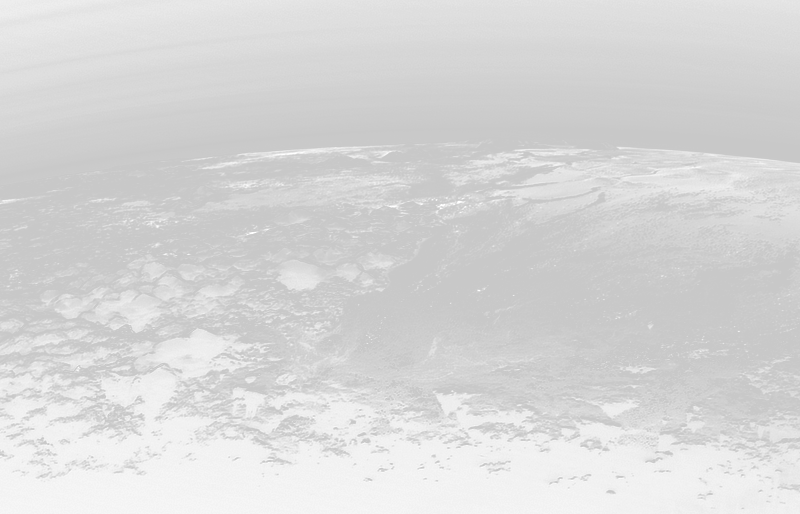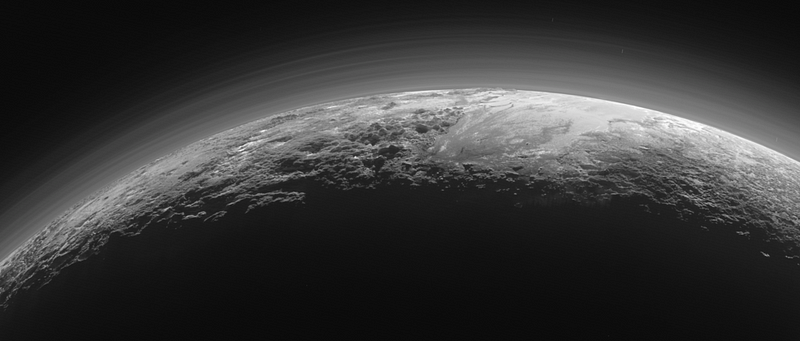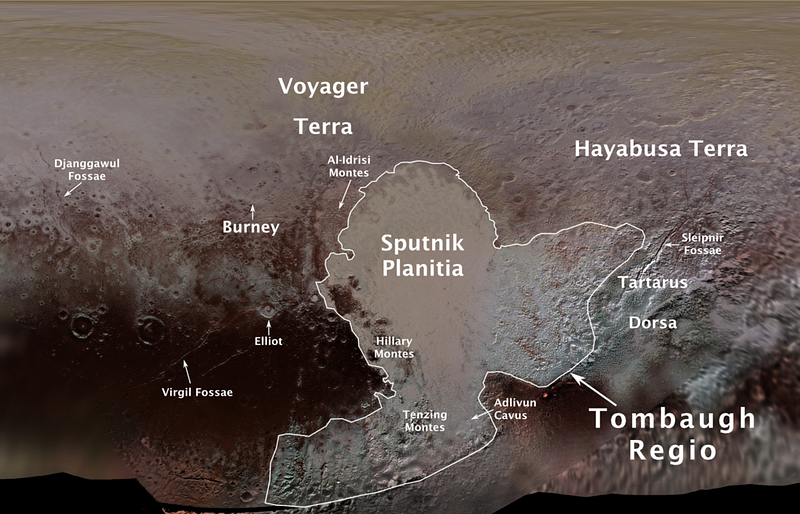Exploring Pluto: The Dwarf Planet's Journey and Mysteries
Written on
Chapter 1: The Journey to Pluto's Discovery
Pluto's story is one of transformation; once classified as a planet, it now holds the title of a dwarf planet, a change that has sparked much debate. This controversy, however, doesn't overshadow the incredible achievement of space exploration that led to a spacecraft's successful flyby of Pluto, providing us with critical data and stunning images that reshaped our understanding of this celestial body.
How was Pluto uncovered? In the 1840s, astronomers observed anomalies in Uranus's orbit, suggesting the presence of another planet. The responsibility of discovering this elusive Planet X fell to Clyde Tombaugh, a 23-year-old astronomer at the Lowell Observatory in Flagstaff, Arizona. Using pairs of photographs to meticulously scan the night sky, Tombaugh finally identified an object that appeared to shift position on images taken on January 23 and 29, 1930, marking the discovery of Pluto.
But how did Pluto get its name? An 11-year-old girl named Venetia Burney, fascinated by classical mythology, suggested the name after the Roman god of the underworld. Her grandfather, a librarian, relayed the suggestion to an astronomy professor, which led to a unanimous vote by members of the Lowell Observatory to adopt the name. Until 2006, Pluto was considered the ninth planet in our solar system, the most distant from the Sun.
What are Pluto's characteristics? Smaller than our Moon, Pluto measures just 2,380 km in diameter and orbits the Sun from a staggering 5.8 billion km away, residing in the Kuiper Belt.

A year on Pluto spans 248 Earth years, with a single day lasting 153 hours, equivalent to roughly six Earth days. Due to its distant location, Pluto has not yet completed an entire orbit around the Sun since its discovery. Unlike other outer planets, Pluto lacks a ring system but boasts five moons: Styx (discovered in 2012), Nix (2005), Hydra (2005), Kerberos (2011), and Charon (1978), all named after figures from mythology.

Interestingly, Charon is so large that Pluto and Charon orbit each other, resembling a double planet. The surface of Pluto is frigid, with temperatures between -228 and -238 degrees Celsius, making it inhospitable for life as we know it.
Chapter 2: Pluto's Classification and New Horizons
The first video, Pluto - The Planet That Wasn't, delves into the contentious debate surrounding Pluto's status as a planet.
Pluto resides in the Kuiper Belt, a disc-like region beyond Neptune filled with icy bodies. It is classified as a Trans-Neptunian Object, which are minor planets or dwarf planets that orbit the Sun at a greater distance than Neptune. Pluto is the largest known object in the Kuiper Belt and is believed to be a leftover planetesimal from the early solar system.
The International Astronomical Union (IAU) redefined what constitutes a planet in 2006, declaring that Pluto did not meet all the necessary criteria. While it orbits the Sun and has enough mass for a round shape, it has not cleared its orbital zone of other objects, resulting in its demotion to dwarf planet status. The discovery of Eris, another dwarf planet in the Kuiper Belt, further fueled the debate over Pluto's classification.

Though Pluto may be widely recognized for its demotion, its true significance lies in the exploration conducted by a single spacecraft. NASA's New Horizons was launched on January 19, 2006, from Cape Canaveral Air Force Station, becoming the fastest human-made object ever sent into space. After a flyby of Jupiter for a gravity assist, it entered hibernation mode for several years and awoke on December 6, 2014. The excitement peaked as New Horizons approached Pluto, and on July 14, 2015, it executed the first close flyby, capturing images and data from just 12,500 km above the surface.
Before the New Horizons mission, Pluto's maps were based on observations made during lunar eclipses by Charon, allowing scientists to estimate the brightness of the Pluto-Charon system.
What insights did New Horizons provide? The spacecraft revealed a clearer view of Pluto's northern hemisphere and equatorial regions down to about 30° south. It conducted detailed measurements of Pluto's surface, primarily composed of nitrogen ice, methane, and carbon monoxide, showcasing a diverse palette of colors ranging from black and dark orange to white.

Notable geographical features include Tombaugh Regio, known as the "Heart," Cthulhu Macula, or the "Whale," and the "Brass Knuckles." Sputnik Planitia, a massive basin of frozen nitrogen and carbon monoxide, displays glacial flows indicating a dynamic surface.

New Horizons found no visible craters, suggesting that Pluto's surface is less than 10 million years old. It also lacks a magnetic field but has a distinctive hazy blue atmosphere composed of nitrogen, methane, and carbon monoxide. Methane contributes to a temperature inversion, making the atmosphere warmer than the surface, although Pluto's upper atmosphere is colder than expected.

Scientists hypothesize that Pluto has a rocky core encased in a mantle of water ice, potentially harboring a subsurface ocean. Research suggests that Sputnik Planitia may have formed due to an impact, with simulations indicating the possibility of liquid water rising from beneath the surface.

The moon Charon also garnered attention, as its reddish-brown cap may contain organic macromolecules, potentially essential for life, produced from gases released from Pluto's atmosphere.
What an intriguing dwarf planet Pluto is! There's hope for future missions, possibly involving orbiters or landers, to uncover more secrets of this icy world on the fringes of our solar system.
The second video, Pluto: The Planet that Wasn't, provides further insights into Pluto's classification and the ongoing discussions surrounding its status.